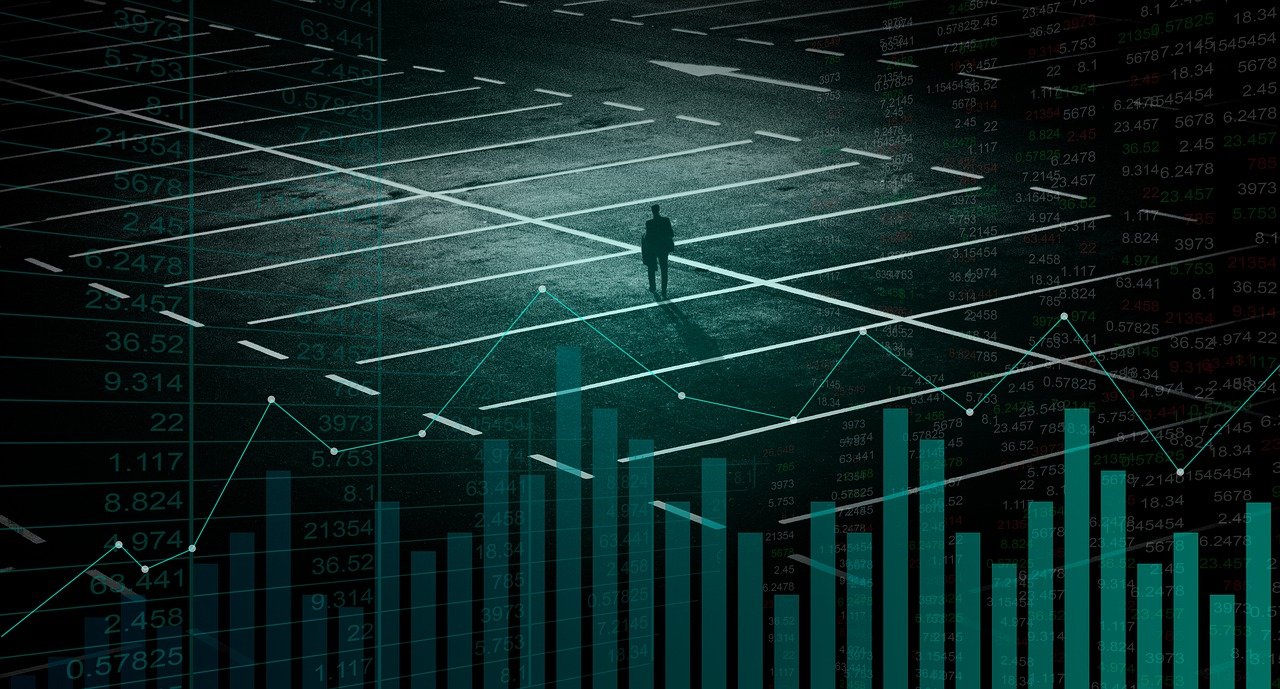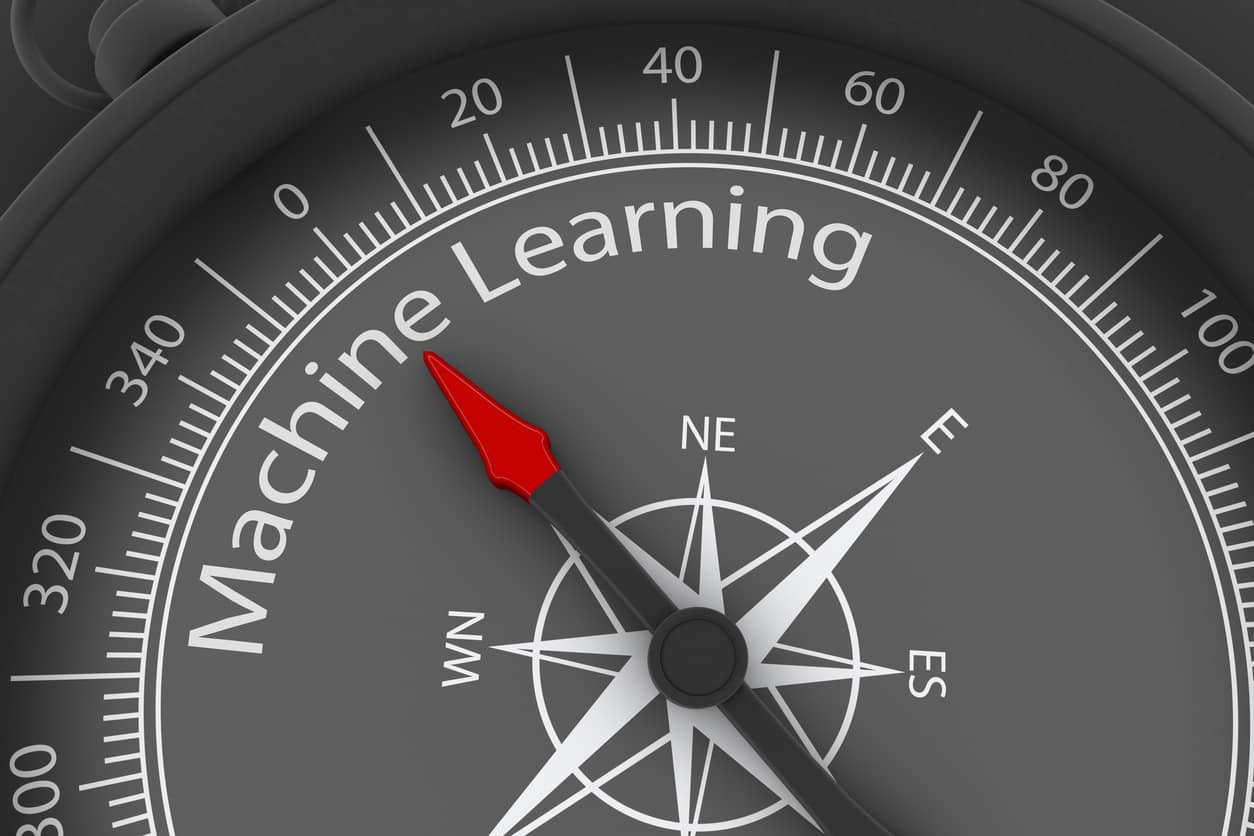Have you guys always looked for a repository of high-quality Data Science Courses, Business Intelligence and Big Data courses by prominent academicians? Well, this blog is the solution.
We have compiled a list of full course videos by top industry experts who have their Ph.D. ‘s from ivy league’s such as Stanford and have been rated among the top academicians in the world.
List of Courses on Data Science, Big Data and Business Intelligence
- Data Science Tutorial
- Time Series Analysis
- Tableau Training for Beginners
- Reinforcement Learning Full Course
- Machine Learning with Python
- Python for Data Science
- Hadoop Tutorial for Beginners
- Statistics for Machine Learning
- Statistics for Data Science
You can also check these 2 free courses
Data Science Tutorial
Data Science is known as the hottest job of the 21st century, providing aspirants with an average salary of $120,000 per annum. Huge investments in analytics by top companies such as Google, Facebook and Amazon are creating millions of jobs. This full course on data science will be taught by Dr. Abhinanda Sarkar. Dr. Sarkar is the Academic Director at Great Learning for Data Science and Machine Learning Programs. He is ranked amongst the Top 3 Most Prominent Analytics & Data Science Academicians in India. He has taught applied mathematics at the Massachusetts Institute of Technology (MIT) as well as been visiting faculty at Stanford and ISI and continues to teach at the Indian Institute of Management (IIM-Bangalore) and the Indian Institute of Science (IISc). So, keeping the importance of Data Science in mind, we have come up with this comprehensive tutorial.
This video will cover the following topics:
- We will start off by understanding what is the difference between Statistics and Machine Learning. Then, we will comprehensively look at the different types of statistics, which are: Descriptive, Prescriptive, Predictive
- Next, we will comprehensively look at the types of data, which are numerical and categorical
- We’ll also learn about the concepts of correlation and co variance
- Once, we are done with the statistics concepts, we will dive into python programming, which will cover the following topics:
– Understanding the basics of Python
– Python’s Data Structures
– Flow Control Statements in Python
– Numerical computing with NumPy
– Data manipulation with the Pandas Library
– How to perform visualization with Matplotlib Library - After learning all the python concepts comprehensively, we will dive into the following Machine Learning concepts:
– Linear regression algorithm
– Binary classification using the logistic regression algorithm
Time Series Analysis
Time Series Analysis is a major component of a Data Scientist’s job profile. The average salary of an employee who knows Time Series Analysis is 18 lakhs per annum in India and $110k in the United States. So, it becomes a necessity for you to master time series analysis, if you want to get that high-profile data scientist job. This full course on Time Series Analysis will be taught by Dr. Abhinanda Sarkar. Dr. Sarkar is the Academic Director at Great Learning for Data Science and Machine Learning Programs. He is ranked amongst the Top 3 Most Prominent Analytics & Data Science Academicians in India.
This video will cover the following topics:
- Since Statistics forms the core part of time series, we’ll start off by looking at the types of statistics
- We will comprehensively understand what Time series forecasting means and the components of time series, which are:
– Trend
– Seasonality
– Cyclicity
– Irregularity - Then, we will learn about the Additive model in Time Series. Additive model is used when the variance of the time series doesn’t change over different values of the time series
- Going ahead, we will learn about the Multiplicative model in Time Series. This model assumes that as the data increases, so does the seasonal pattern
- Following which we will look at the measures of forecast accuracy:
– Mean Absolute Percent Error
– MAD – Mean Absolute Deviation - Finally, we will dive into the concept of exponential smoothing
Tableau Training for Beginners
Tableau is the most widely used Data Visualization tool in the world. Tableau makes Data Analysis very fast and the visualizations created are in the form of beautiful dashboards.
Another added advantage of learning Tableau is the average salary. A tableau developer earns up to $110,000k per annum.
This session will be taken by Vivek Anand, who is a Data Visualization consultant with 10 years of work experience. His area of specialization includes Marketing and Econometrics. Vivek has an MBA from Monash University Melbourne Vic.
This video covers the following topics:
- We will start off with a comprehensive introduction to visual analytics. Why do we need it and what exactly is it?
- Then, we will learn how we can connect data from different sources with Tableau, such as: MySQL,Splunk and Teradata
- Going ahead we will learn what are dimensions and measures in Tableau
- Following which, we will work with different types of charts in Tableau, such as: Line chart, Bar-chart, Area Chart and so on
- Then, we will understand the concept of story-boarding and learn how we can do story-boarding in Tableau
- After that, we will see how to do mathematical calculations
- Finally, we will work with some inbuilt functions
Also Read: Tableau Interview Questions
Reinforcement Learning
Have you heard of Google’s self-driving car? Well, if you have, it would be interesting to know that it is an application of Reinforcement Learning.
Reinforcement learning is one of the most discussed, followed and contemplated topics in artificial intelligence, as it has the potential to transform most businesses.
This session will be taken by Dr.Narayana who holds a Ph.D. in Mathematics from Pierre and Marie Curie University, Paris, France.
The video covers the following topics:
- We will start off with a quick introduction to Reinforcement Learning
- We will comprehensively understand the difference between the subsets of Machine Learning, which are: Supervised Learning, Unsupervised Learning, Reinforcement Learning
- Next, we’ll dive into the elements of Reinforcement Learning: Agent and Environment
- We’ll then understand the Q-learning algorithm. It is a basic form of Reinforcement learning, which uses Q-values
- Look into a case study on smart-taxi
- Finally, a demo on all the concepts we have learnt
Machine Learning with Python
Machine learning is changing the world that we live in. Technological innovations in this decade have majorly been a result of Machine Learning. From Google’s Self-driving car to Apple’s virtual assistant Siri, all of these are applications of Machine Learning.
This full course on Machine Learning with Python will be taught by Dr. Abhinanda Sarkar. Dr. Sarkar is the Academic Director at Great Learning for Data Science and Machine Learning Programs. He is ranked amongst the Top 3 Most Prominent Analytics & Data Science Academicians in India.
The video will cover the following topics:
- An introduction to Python Language and it’s importance
- What Anaconda is and why we need it to work with Python
- Pandas, which is a library utilised in data manipulation
- How to perform numerical and scientific operations on multi-dimensional arrays using a Library called NumPy
- Understand the importance of visualization and learn how to create stunning graphs with the Matplotlib library
- Once we are done learning the basic concepts in Python, we will dive into statistics:
– We will start off by looking at the types of statistics: Prescriptive, Descriptive and Predictive
– Then, we will understand the types of data - After statistics concepts, we will jump into reinforcement learning:
– We will start off with a quick introduction to reinforcement learning
– Then, we will learn about the Q-learning algorithm
– Finally, we will have a case-study on smart-taxi
Python for Data Science
With a boom in data storage and the capability to handle vast volumes of data, it seems like a no-brainer to upskill in this subject. Data Science is the source of some of the most prevalent careers in the 21st century. Python, with its ease of learning and powerful competencies to manage information, is a superior programming language among all the other options out there.
This full course on Python for Data Science is taught by Great Learning faculty for Big Data and Machine Learning, Prof Mukesh Rao. He has over 20 years of industry experience in Market Research, Project Management, and Data Science. Prof Mukesh has conducted over 100 corporate training sessions in Data Science that covers all the stages of CRISP-DM, tools, and techniques used in each stage, machine learning algorithms and their application.
In this session the following topics are covered:
- Introduction to basics of Python and how to get started in programming using Python
- Discuss the various data structures such as variables, lists and dictionaries that are implemented in the Python programming environment
- Control flow statements in Python using constructs like if and if-else statements
- Object Oriented Programming in Python with classes and objects
- Python has various libraries to play around with numerical data, NumPy being one of the more popular ones for beginners and experienced programmers alike. So we will see how we can compute data using NumPy
- Data can also be manipulated for various scenarios and we will dive into how this is done using a library called Pandas
- The reason why Python is a widely accepted choice of programming language for Data Scientists and Data Analysts is because of its ability to also visualise data in a clean and comprehensive manner. We will see how we can visualise our data using the Matplotlib Library in Python
- WIdely used algorithms in Data Science and Machine Learning as well as Linear Regression algorithm in detail
- Understand how to catalogue our data into different classes using a classification algorithm known as Logistic Regression algorithm
- Classify data based on probabilities using the Bayes Theorem in an algorithm known as the Naïve Bayes Classifier
- To tie it all up, we’ll take a look at Clustering. Along with this we will discuss two very popular methods, K-Means Clustering algorithm and Hierarchical Clustering algorithm
Hadoop Tutorial
Data Analysts and Hadoop experts are in high demand. The Big Data and Data Analytics industry are rapidly growing. The average salary in this industry is $85,000 and the growth rate is said to be 23% through 2026. IT mavens like Google, Amazon, and IBM as well as growing start-ups are always in search of Big Data experts. So this tutorial on Apache Hadoop will help you get started on your Data Analytics path!
This course will be taught by Mr. Raghu Raman. Mr. Raghu Raman is a Big Data and AWS expert with over a decade of training and consulting experience in AWS, Apache Hadoop Ecosystem including Apache Spark. He has an impressive resume, having worked with global customers like IBM, Capgemini, HCL, and Wipro. To top it all off, he has worked with many bay area start-ups in the US.
In this tutorial, the following topics are covered:
- What Big Data is and some processes associated with it in traditional Data Analysis
- Introduction to Hadoop
- Distributed Computing and Hadoop Architecture and learn how we can store a file on Hadoop Distributed File System
- An introduction to Oozie and HDFS processing will get you right on track to understand how you can really utilise Hadoop for your data
- Then we’ll help you comprehend Hadoop Clusters and how the Hadoop Ecosystem is built
- Introduction to MapReduce with examples
- To get better insights and get some context, we will then compare MapReduce programming with Java
- MapReduce Word Count Program along with a code
- Various aspects of Apache Hadoop YARN
Also Read: Hadoop Interview Questions and Top Hadoop Jobs in India
Statistics for Machine Learning
A background in Statistics can prepare you for a wide range of job opportunities ranging from being a pure statistical researcher to a highly sought after Data Scientist. Employment of statisticians was projected to grow 31% from 2018 to 2028, much faster than the average for any other occupation. This growth is a direct result of more widespread use of statistical analysis to make informed business, healthcare, and policy decisions.
This course will be taught by Dr. P. K. Viswanathan. With a rich and varied experience across academia, research, industry, training and consulting, Dr. P.K Viswanathan currently serves as Professor Analytics at Great Lakes. He teaches business statistics, operations research, business analytics, predictive analytics and spreadsheet modelling to the students. He is also involved as a Key Faculty in the Management Development Programs conducted by Great Lakes. In his industrial tenure spanning over 15 years, he has held senior management positions in Ballarpur Industries of the Thapar Group and the J.K. Industries of the J.K. Organization.
This tutorial will cover the following topics:
- Introduction to some statistical methods used for decision making. Different types of Statistics, where each of these categories are used and how it is done.
- Basics of probability. Bayes Theorem is one of the most widely used methods in Statistics and forms the basis of many other concepts like the Naïve Bayes Classifier, which will be discussed in detail.
- Probability distributions in Statistical Learning, specifics of Normal Distribution, bell curves and an example to help you understand it with the central measures of tendency and dispersion.
- Concepts of Central Limit Theorem, which discusses the characteristics of distribution of sample means.
- Hypothesis Testing along with a case study and some examples of hypothesis formulations
- How to program what we’ve learnt so far using R programming
Statistics for Data Science
Statistics is one of the most in-demand subject matters from which all industries require experts, more so in the field of Big Data Management. To foray into the world of data science, you need to have good command over statistics, as it forms the basis of all its concepts and methods.
This course will be taught by Dr.Abhinanda Sarkar, Academic Director – Great Learning who has his Ph.D. in Statistics from Stanford University. He has taught applied mathematics at the Massachusetts Institute of Technology (MIT), been on the research staff at IBM, led Quality, Engineering Development, and Analytics functions at General Electric (GE), and has co-founded OmiX Labs.
These are the topics covered in this full course:
- Basics of Statistics, how it varies from Machine Learning, how it is similar to it and how to employ its procedures and notions in Data Science
- Types of Statistics- Descriptive, Predictive and Prescriptive Statistics- and where and how it is employed in Data Science settings
- Types of data and what are the features identified to categorize this data
- Correlation of data to see how relationships are created between the various attributes and tuples of our data. We will also cover the topics of covariance of data in the same flow of understanding correlation
- Probability, Conditional Probability with an introduction of Bayes Theorem
- Two types of distributions: Binomial Distribution and Poisson Distribution
If you think this was helpful and wish you upskill, you can read further about Great Learning’s PGP Data Science and Engineering Course and other courses here!









